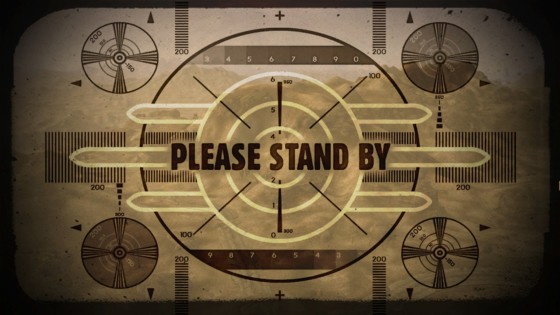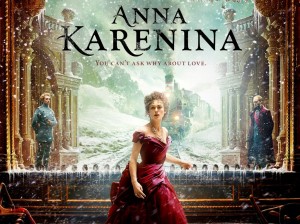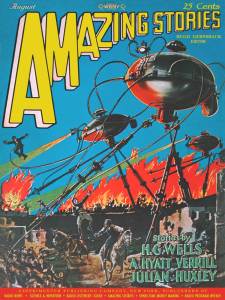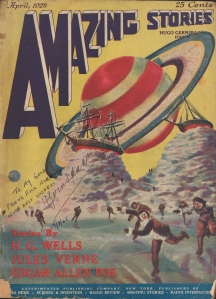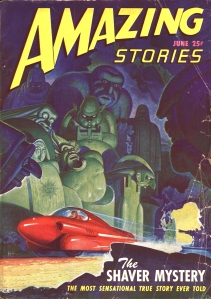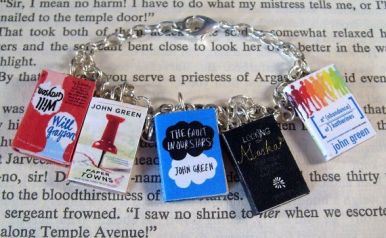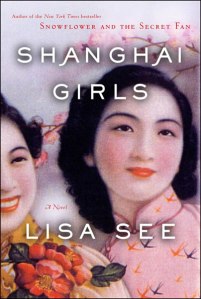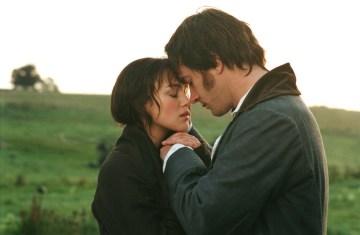Welcome to another Science Fiction Sunday, friends and readers. On this rainy spring day, we’re going to delve into a juicy review of Orson Scott Card’s Nebula (1985) and Hugo (1986) award-winning novel Ender’s Game. Beware: there may be slight spoilers ahead.
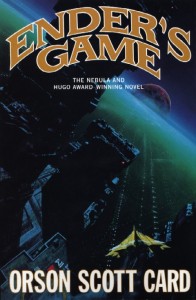
Image Courtesy: Marshall University
Card originally published his novel as a short story, also titled “Ender’s Game,” in the August 1977 issue of Analog Science Fiction and Fact. It wasn’t until 1985 that Card expanded his original story into the award-winning novel we know today. (Fun Fact: Card took a cue from the future when he published Ender’s Game in its entirety on the internet before Delphi held a print run—he was the first author to take that gambit).
Ender’s Game throws us into the near future, where Earth has already fought two devastating wars with the unstoppable “buggers”: an alien hive-mind that exhibits frightening tactical cohesion. In a desperate attempt to defeat the buggers once and for all, an International Fleet (I.F.) is formed. The I.F., in its desperate bid to prevent another invasion, creates the Battle School to train Earth’s most strategic minds—from the age of seven nonetheless—in the way of ruthlessness and warfare.
It takes a complex individual to contend in the Battle School. Andrew “Ender” Wiggin exudes all of its necessary qualities: ruthlessness and compassion, cunning and strength. Ender mortally wounds a classmate who torments him in the belief that he can only end the conflict by showing absolute superiority. When Ender explains this to the conniving head of the Battle School, Colonel Graff, he is granted access to the school’s elite ranks. Graff believes Ender has what it takes to end another war with the buggers once and for all—but does he?

Image Courtesy: Ender’s Game (2013)
Reader, you’ll have to read the novel if you want to answer that question. I can tell you that Card crafted a paradox when he wrote Ender’s Game. On the one hand, the novel is massively entertaining. It’s a fast and—I’ll be honest—completely enjoyable read. I devoured the book as a ravenous animal devours their prey: eagerly and with no remorse. In fact, the novel is a science fiction staple. It consistently wins accolades placing it as one of the best science fiction novels—ever. The book is fantastic.
But—there’s always a “but,” isn’t there, reader?—there are also some serious issues lying at the heart of Card’s novel. Ender is often the purveyor of great violence. Sometimes unwittingly so. And, in each instance, Ender’s actions are justified. He is commended for doing what is seen as necessary, for doing it with unfailing efficiency and ruthlessness. Ender is the perfect killer and he’s only a child. All of his acts of violence are morally justified—might is right, after all. Perhaps the most disturbing aspect of the book, however, is that Ender is committing real atrocities in the context of a game. See how tricky it gets when you start to consider the deeper implications of a novel, reader?
Tricky or not, I would unfailingly recommend delving into Ender’s Game, reader. Card’s writing is crisp and enjoyable. His plot compels you to the end; his attention to his characters is superb—Ender is the most likeable sociopath. All of the right pieces make-up this novel and perhaps its greatest success is that it evokes such critical thinking at its conclusion.
Tell me what you think in the comments below: is extreme violence justified in Ender’s context? Is it ever? Hard to say, reader. I’d love to hear your insights, however. Or, just let me know what you think about the novel; did you also enjoy it? I hope you found it satisfying.
Look forward to another rendition of Science Fiction History Theatre next week, friends.
And, as always: stay strange.

